Over the next few years, BU’s Charles River Campus will see some invigorating changes along the stretch of Commonwealth Avenue that houses the College of Fine Arts. The University is bringing the theater arts program back to Comm Ave after a 33-year residence at the Boston University Theatre on Huntington Avenue, and to that end, a new studio theater and a production facility will be built on the 808 block and a makeover of 855 will replace its forbidding street-level concrete façade with arched windows.
President Robert A. Brown has announced that the University has committed $50 million to these three projects. That amount will include the funds from the sale of the BU Theatre and more than $20 million of new funding. “The programs of the College of Fine Arts are critical assets to the University,” says Brown. “Relocating our theater program for the majority of students’ education and for production will help us bring the arts to the entire Boston University community.”
“The arts are an essential component of the BU experience, and it is critical that we offer modern, dynamic settings in which our students can learn, create, and perform—settings that are in keeping with our standing as a global research university,” says Jean Morrison, University provost. “We are extremely excited about the opportunities for new exploration and expression afforded by the changes set to take place on Commonwealth Avenue and in our theater program in the months ahead. This is an important institutional investment in the arts.”
The brick-and-mortar aspect of CFA’s new vision for the 21st century began in 2008 with the $15 million construction of state-the-art practice rooms for the School of Music. The next phase will start with the renovation of the first floor and the Faye G., Jo, and James Stone Gallery and restoration of the façade and windows at 855. This will allow those passing by to see inside, bringing vitality to the street while promoting an openness for CFA’s artists to better engage with the community. A second project, still in planning and design but scheduled to be completed before fall 2016, will accommodate the flourishing graduate graphic design program by developing new space on the fourth floor at 808, in closer proximity to graduate painting and printmaking. Design work for those projects is being handled by Wilson Butler Architects of Boston. The last components will relocate the theater production center and create a new 250-seat studio theater in the 820-846 area of Comm Ave, west of 808. Elkus Manfredi Architects has been engaged, and the project is still in the early planning and design phase. The studio theater is scheduled to open in fall 2017; CFA will continue to use the Huntington Avenue theater through the end of the spring 2017 semester.
Lynne Allen, CFA dean ad interim, says the makeover of 855 “refurbishes the grandeur of the building,” and uses windows to create “an open dialogue with the community, showcasing what goes on inside.” An example of that is the School of Visual Arts graphic design program’s temporary pop-up studio, opened at the former Cecilia’s Pizza across from 855. “It’s reflective of a national trend of arts organizations to create pop-up artistic displays that become interesting surprises for those walking by and extend the value of art beyond a formal gallery space,” Allen says, adding that opening up the ground floor of 855 with windows will let passersby glimpse the creative activities going on inside.

With glass windows replacing the forbidding concrete, CFA’s Faye G., Jo, and James Stone Gallery and its theater classes will generate vitality and interest among passersby. Photo by Jackie Riccardi
The projects are intended to energize the stretch of Comm Ave where CFA is situated in a disjointed arrangement that occasionally hinders collaboration among the three schools. The changes reflect what Jim Petosa, School of Theatre director, calls a “strategic configuration of having the arts matter in a current university environment.
“The University has made certain commitments that will make us capable of fulfilling our work in appropriate laboratories and make the arts relevant,” says Petosa. “Putting a new theater in what is the center of campus makes a huge difference in terms of the University’s optics—right now it’s way off the beaten path. It will help create a sense of vitality.”
The new studio theater will not replace the BU Theatre’s proscenium stage, which is now used for CFA operas and other larger-scale productions. But the University recognizes the need for a large proscenium space and has underscored its commitment to lease major venues throughout the city, Petosa says, and this also points to a positive change. “In two years you’ll see that change, as we reach out into the city to lease spaces we haven’t performed in before.”
Richard Cornell, School of Music director ad interim, says the CFA Opera Institute will also benefit from the new construction. Now tucked away in the back of 808, the Opera Institute will “have more welcoming access,” enabling an easier flow between it and the School of Theatre. Cornell is looking forward to “a new flexibility, with more flexible programming,” both in the schools and among them.
Through the BU Arts Initiative, based at the Office of the Provost, CFA will also continue to extend its reach throughout the Charles River and the Medical Campuses. “Since the creation of the BU Arts Initiative, we have been able to provide or support programming that has engaged students from every undergraduate and graduate school and college at BU,” says Ty Furman, the initiative’s managing director. “We have provided arts programming support or partnered on programming with more than 30 faculty and staff from 8 different schools and programs.” The initiative’s Arts Insiders Program has provided free tickets to Boston-area events for more than 150 students, with more than half going to first year and international students. In addition, the initiative has supported the creation and programming of three new student groups: the BU Visual Arts Club, Articulate, a student group focused on public art, and BU STEAM (Science, Technology, Engineering, Arts, and Mathematics).
“All of these developments,” says Allen, “benefit the entire University community.”


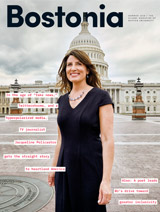
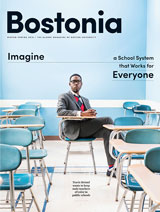
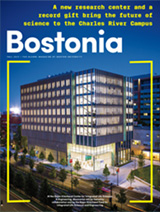

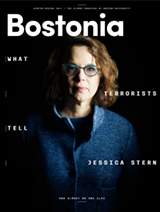
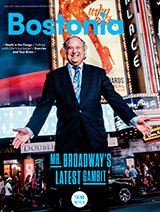
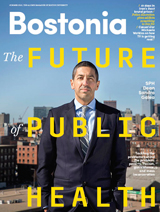
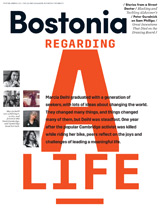
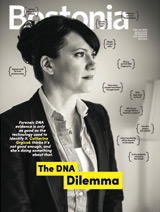
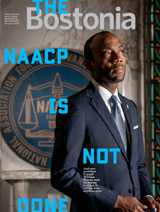
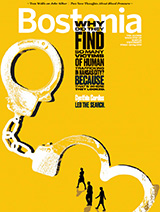



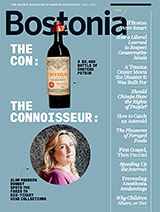
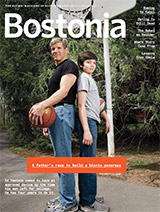

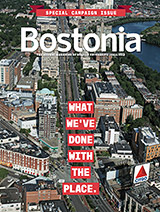
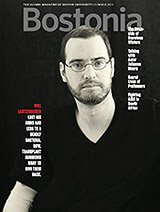
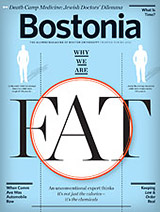

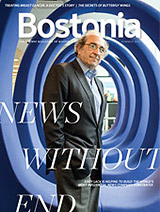



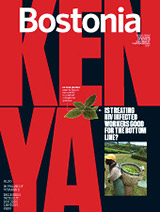
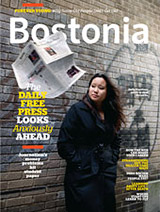

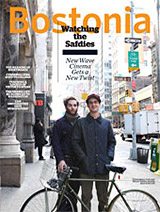



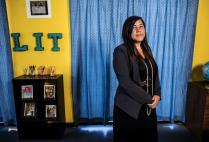
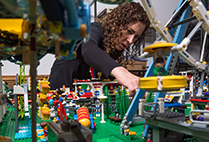

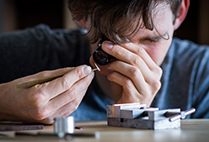


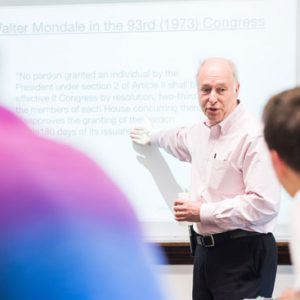


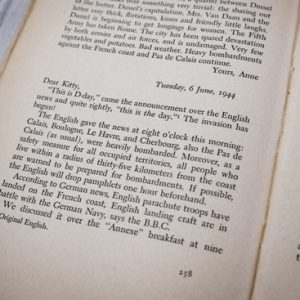

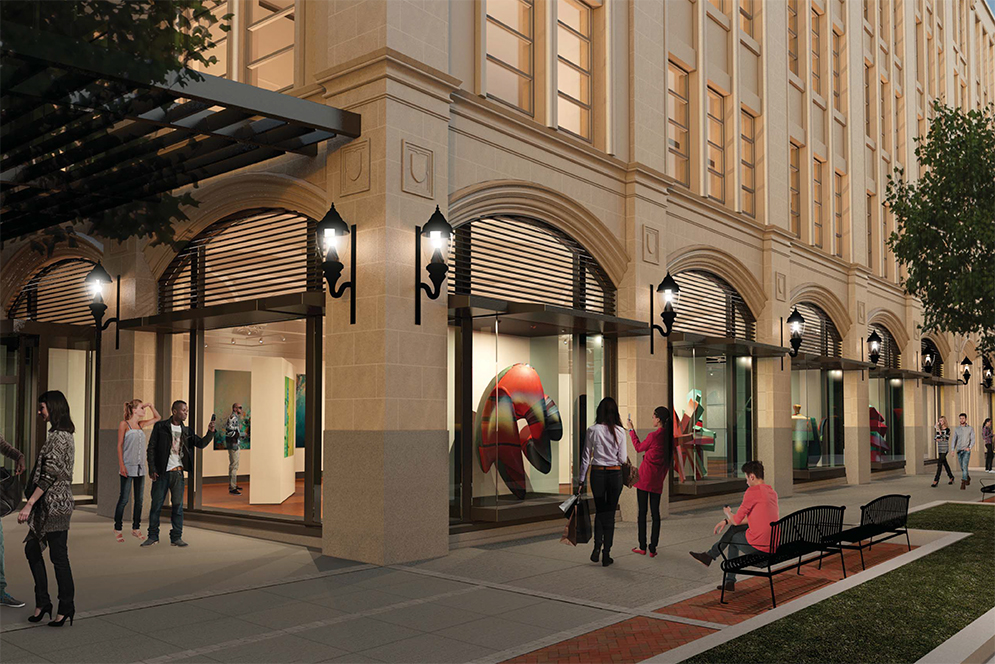


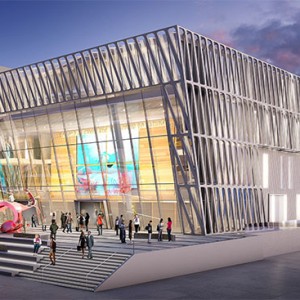

re 820-846 Comm Ave: With all this great talk about the arts getting better facilities at BU, why isn’t anyone talking about the Photographic Resource Center http://www.prcboston.org losing its home? This 40-year-old photography nonprofit exhibition, programming space, and library at 832 Commonwealth Avenue is going to need a new location. What is the University doing about displacement?
I so love BU’s Charles River and Commonwealth Ave city campus and these are wonderful changes for CFA and the entire university. I am a CAS 1971 graduate and still feel a strong connection to BU ; look forward to the many proposed venues of growth and improvement there.
I studied theatrical design in the 1960s, with my work centered on Huntington Avenue where I learned to design in both proscenium and open studio space situations. I had a 52-year career in Boston designing for theater, opera, TV, special events, and as Technical Coordinator/Desigher at MIT Theater Arts. I am now President of the Board of Monadnock Music. My B.U. education was key to great, immensely fulfilling career. By the way, the Theater program was housed on Huntington Avenue for 62 years, not 33 as stated in your message to us all.
When sale of the B.U. Theater was announced, it was a stated that a proscenium theater would be built somewhere across Commonwealth Ave. from the Arts Building. But this communication contains the statement, “Relocating our theater program for the majority of students’ education and for production will help us bring the arts to the entire Boston University community.” However, you then go on to say that productions will be presented at rented venues all around Boston. How does this “bring the arts to the entire Boston University community.”? Theater performances will STILL be AWAY from campus but without attached scenery and costume construction facilities, necessitating a lot of transportation costs and extra labor.
The B.U. Theater with centralized performance venues of two valuable types, along with attached production and storage facilities was an efficient Theater Center where students could walk just steps from their design classes to painting drops on stage or building millinery in the costume shop. And if the performance venues you rent are union-affiliated, how will they learn to hang lighting instruments, shift sets, etc.? I fear this new plan for presenting the work of B.U. Theater students has not been well thought out.
William Fregosi, BFA 1966
Plenty of exciting changes and additions to CFA!!!! I remember when the building was a Buick showroom.
Liz Gribin CFA 1956
love it. long overdue, wish it had gone on when i was attending but the students and the arts program deserve this. thank you thank you.
This is great news!!The school needs something to enliven that building. For some reason when I was a student there they decided to board up all the windows! This is so strange since an art school should have interested things in the windows for the public to see. I would love to see some creative and colorful banners there and on the Peter Fuller Building too.
Well it’s about time!!! I graduated in Painting with a BFA in 1975 and MFA 1978. I don’t believe much has changed since that time. I am so looking forward to the changes. I hope to visit some day. Perhaps we can have a 40th reunion? As an architect and painter, I’d like to recommend as a very important upgrade to make sure you have a state of the art air exchange in the painting studios. Pollution from solvents is a very serious health issue. Please note that depression is the first sign of solvent poisoning and we know how depressed painters can get! Thank you BU for a first class education!